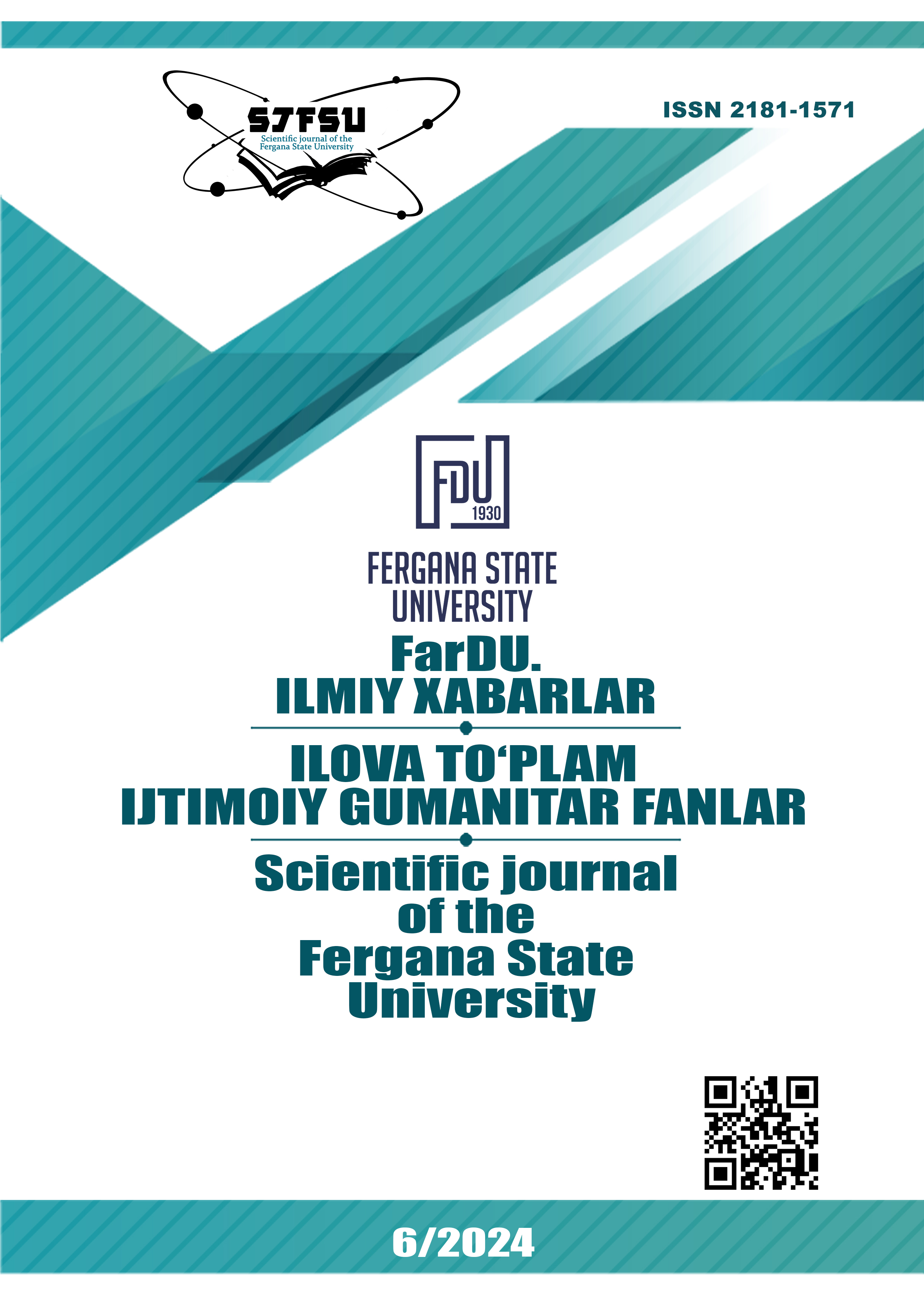"THE RESEARCH OF PARALINGUISTIC ELEMENTS IN DIPLOMATIC DISCOURSE"
Keywords:
paralinguistic, diplomatic speech, body language, international relations.Abstract
Diplomatic discourse is a set of elements, which demonstrates a unique harmony expressed through verbal and paralinguistic factors, essential for success in international relations. While communication is primarily conveyed through language, paralinguistic concepts such as intonation, speech tempo, volume, rhythm and body movements also contribute to the effectiveness of diplomatic discourse. In this article, the author explores how paralinguistic factors in diplomatic speech affect international unity, the success of the speech, and the resolution of conflicts. Drawing on theories of pragmatics, semiotics, and intercultural communication, the article examines how paralinguistic signs can alter diplomatic messages and shape global political landscapes.
References
Brown, P., & Levinson, S. C. (1987). Politeness: Some Universals in Language Usage. Cambridge University Press.
Burgoon, J. K., Guerrero, L. K., & Floyd, K. (2016). Nonverbal Communication. Routledge.
Duncan, S. (1972). Some Signals of Uncertainty in Speech. Journal of Personality and Social Psychology, 24(2), 200-208.
Goffman, E. (1959). The Presentation of Self in Everyday Life. Doubleday.
Gudykunst, W. B. (2004). Bridging Differences: Effective Intergroup Communication. Sage Publications.
Hall, E. T. (1976). Beyond Culture. Anchor Press.
Mehrabian, A. (1972). Nonverbal Communication. Aldine-Atherton.
Tannen, D. (1990). You Just Don't Understand: Women and Men in Conversation. Ballantine Books.
Trager, G. L. (1958). The Paralinguistic Dimensions of Language. Language, 34(2), 1-7.
Downloads
Published
Issue
Section
License
Copyright (c) 2025 Scientific journal of the Fergana State University

This work is licensed under a Creative Commons Attribution-NonCommercial-NoDerivatives 4.0 International License.
Most read articles by the same author(s)
- , LINGUISTIC ANALYSIS OF THE SPEECHES OF MARGARET THATCHER AND THERESA MAY , Scientific journal of the Fergana State University: No. 1 (2025): FarDU ilmiy xabarlari jurnali (FILOLOGIYA)

